The Imperial Japanese Navy's Special Landing Force units enjoyed a reputation out of proportion to their small size Often wrongly termed "Imperial Marines", they were in fact sailors led by Naval officers, and traced their origins directly to landing parties from warships Their true combat debut was at Shanghai in 1932;Thereafter the SNLF expanded and fought in the assaultsJapanese Special Naval Landing Forces;

An Imperial Japanese Navy Officer Probably Of The Snlf Special Naval Landing Force Wwiipics
Japanese special naval landing forces uniforms
Japanese special naval landing forces uniforms-The spearhead of Japan's assault landing operations both in China prePearl Harbor, and in US and British territory postPearl Harbor, was provided by the Special Naval Landing Forces 12 numbered battalionsize Imperial Japanese Navy units They garrisoned a number of the islands which the US Marines then had to reclaim in some of the bloodiest battles of the Pacific War of Japanese Special Naval Landing Forces Uniforms and equipment 48 by Gary Nila, Robert A Rolfe, Christa Hook Editorial Reviews NOOK Book (eBook) $ 1149 $15 Save 24% Current price is $1149, Original price is $152 You Save 24% Paperback $1900 NOOK Book $1149 View All Available Formats & Editions Sign in to Purchase Instantly Available on
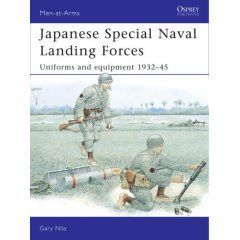



Japanese Special Naval Landing Forces
Japanese Special Naval Landing Forces Uniforms and equipment 1932–45 (MenatArms Book 432) Kindle edition by Nila, Gary, Rolfe, Robert A, Hook, Christa Download it once and read it on your Kindle device, PC, phones or tablets Use features like bookmarks, note taking and highlighting while reading Japanese Special Naval Landing Forces Uniforms and equipment 1932–45WW2 Japanese Special Naval Landing Forces MarineJapanese Special Naval Landing Forces Pdf Japanese special naval landing forces uniforms and equipment 1932 45 (men at arms) nila gary rolfe robert a hook christa amazon com books ground forces army 1931 (volume 1 42) jowett philip andrew stephen snlf company 1943
The Special Naval Landing Forces thus continued to play a role in Japanese Navy offensive operations, which were now concentrated primarily in the Solomons and New Guinea area Both the older and new SNLF's became involved The 3rd Kure SNLF led the way when the Japanese landed on Tulagi to establish a seaplane base there (also occupied the adjacent small Out now is our latest Bolt Action Imperial Japanese boxed set – the Special Naval Landing Force!Offered is an WW2 era Japanese Special Naval Landing Force green fatigue shirt Features green cotton base with giltdomed buttons, with Japanese Navy insignia Nearmint condition Additional information Weight 1 kg Dimensions 30 × 30 × cm Reviews There are no reviews yet Be the first to review "WW2 JAPANESE SPECIAL NAVAL LANDING FORCE GREEN FATIGUE UNIFORM
Twoje nowe miejsce zakupów Galeria sklepów internetowych i wygodne zakupy w jednym miejscu The spearhead of Japan's assault landing operations both in China prePearl Harbor, and in US and British territory postPearl Harbor, was provided by the Special Naval Landing Forces This book provides a comprehensive treatment of the elite force, covering weapons and equipment as well as uniform and insignia #HappyReadingEnlisted Special Naval Landing Forces sailor with a Type 38 rifle wearing an early style Rikusenfuku ground combat uniform Service dress On board ship the sailors of the SNLF wore their standard IJN blue or white uniforms but when on land the SNLF wore a uniform similar to that of the Imperial Japanese Army




Papuan Natives Japanese Naval Landing Force Soldiers With Flickr
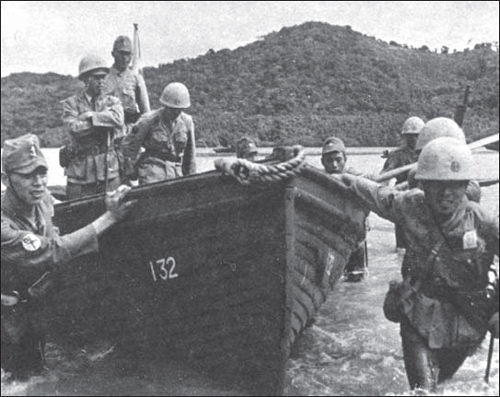



Japanese Special Naval Landing Forces
ISBN13 Gary Nila is a former Los Angeles Police Officer and FBI Special Agent who now works as an investigator with The Japanese did not have a separate Marine Corps Instead, landing parties would be formed from ship's crews to the obvious detriment of their ship Therefor, in the late 19's, the Imperial Japanese Navy began to form permanent Naval Landing Forces at its four main naval bases, Sasebo, Maizuru, Kure, and Yokosuka, designating them as Special Naval Landing Forces (SNLF), known in JapaneseIn introducing the Special Naval Landing Forces (SNLF), the SNLF was the beach/land assault branch of the Imperial Japanese Navy Its expertise lay in beach landings and the occupation of captured territory While the SNLF has been erroneously equated to the United States Marine Corps (although their function was the similar), the SNLF was not independent of the Japanese Navy,
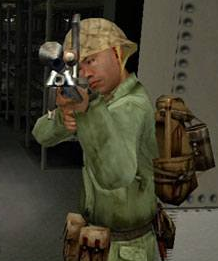



Imperial Japanese Special Naval Landing Forces Medal Of Honor Wiki Fandom




Rikusentai Special Naval Landing Forces Weapons And Warfare
The Special Naval Landing Forces (SNLF), (海軍特別陸戦隊 Kaigun Tokubetsu Rikusentai) were the marine troops of the Imperial Japanese Navy (IJN) and were a part of the IJN Land Forces They saw extensive service in the Second SinoJapanese War and the Pacific theatre of World War II Contents 1 History; Buy Japanese Special Naval Landing Forces Uniforms and equipment Uniforms and Equipment 432 (MenatArms) Illustrated by Nila, Gary, Rolfe, Robert A, Hook, Christa (ISBN ) from Amazon's Book Store Everyday low prices and free delivery on eligible ordersThe Japanese "Special Naval Landing Forces," as the Japanese Navy marine infantry units were officially known (also known in Japanese as Rikusentai*) saw their first action in the "Shanghai Incident" of 1932 At first they were rather large and unwieldy formations, about 2,000 men each (hence sometimes described as "brigades") Most of the Special Naval Landing Forces that




Japanese Special Naval Landing Forces Uniforms And Equipment 1932 45 Men At Arms Nila Gary Rolfe Robert A Hook Christa Amazon Com Books




Japanese Special Naval Landing Forces Uniforms And Equipment 1932 45 By Gary Nila
ROBERT A ROLFE, who retired after 37 years with the US Postal Service, has collected World War II Japanese militaria for more than 45 years, specializing for the past 25 years in the Special Naval Landing Forces Robert lives with his wife Carol in Burbank, CA TONY CHONG, who took the color photographs for the plates in this book, joined the Northrop Corporation in 1984 as a modelJapanese Special Naval Landing Forces Uniforms and equipment 1932–45 (MenatArms Book 432) eBook Nila, Gary, Rolfe, Robert A, Hook, Christa Amazoncouk BooksJapanese Special Naval Landing Forces Uniforms and equipment (MenatArms) by Gary Nila;



3




Special Naval Landing Forces By D Skelton On Deviantart
The Imperial Japanese Navy's Special Landing Force units enjoyed a reputation out of proportion to their small size Often wrongly termed Imperial Marines, they were in fact sailors led by Naval officers, and traced their origins directly to landing parties from warships Their true combat debut was at Shanghai in 1932;2 SNLF Units 21 Infantry UnitsView in Store Due to the deep distrust the Japanese Army and Navy had for each other, joint operations were all but out of the question and the Navy created the Special Naval Landing Forces as a result First seeing action in 1932 during the 'Shanghai Incident' of the SinoJapanese




Battle Of Kyoshu Special Naval Landing Forces Youtube




Japanese Special Naval Landing Forces
The spearhead of Japan's assault landing operations both in China prePearl Harbor, and in US and British territory postPearl Harbor, was provided by the Special Naval Landing Forces 12 numbered battalionsize Imperial Japanese Navy units They garrisoned a number of the islands which the US Marines then had to reclaim in some of the bloodiest battles of the Pacific WarThe Special Naval Landing Forces (SNLF), (海軍特別陸戦隊 Kaigun Tokubetsu Rikusentai) were naval infantry units of the Imperial Japanese Navy (IJN) and were a part of the IJN Land ForcesThey saw extensive service in the Second SinoJapanese WarROBERT A ROLFE, who retired after 37 years with the US Postal Service, has collected World War II Japanese militaria for more than 45 years, specializing for the past 25 years in the Special Naval Landing Forces Robert lives with his wife Carol in Burbank, CA TONY CHONG, who took the color photographs for the plates in this book, joined the Northrop Corporation in 1984 as a model




Japanese Navy Force Re Imperial Japanese Navy Special Naval Landing Force Riku Sen Tai Imperial Japanese Navy Naval History Japanese




Wwii Japanese Special Naval Landing Forces
Japanese Special Naval Landing Forces Uniforms and equipment 1932–45 Autore Gary Nila Robert A Rolfe Codice 228H Prenota Richiedi informazioni Dillo ad un amico € 15,50 Una splendida collana di volumi illustrati dai più famosi disegnatori ogni opera offre una panoramica sintetica ma completa sulle uniformi, le insegne, gli equipaggiamenti, ecc di famosi corpi militariUsed books will be clean unsoiled and not stained, all pages and illustrations will be present Pages 48 About HALCYON BOOKS Condition Very GoodThe Japanese Special Naval Landing Forces (SNLF) were the marine troops of the Imperial Japanese Navy Due to the deep distrust the Japanese Army and Navy had for each other, joint operations were all but out of the question and the Navy created the Special Naval Landing Forces as a result First seeing action in 132 during the 'Shanghai Incident' of the SinoJapanese




武士の島 Imperial Japanese Navy Enlisted Personnel




Wab Corner Special Naval Landing Forces Warlord Games
The Imperial Japanese Navy's Special Landing Force units enjoyed a reputation out of proportion to their small size Often wrongly termed "Imperial Marines", they were in fact sailors led by Naval officers, and traced their origins directly to landing parties from warships Their true combat debut was at Shanghai in 1932;The Imperial Japanese Navy fielded naval paratroopers during World War IIThe troops were officially part of the Special Naval Landing Forces (SNLF or Rikusentai) They came from the 1st, 2nd and 3rd Yokosuka SNLFs The 2nd Yokosuka took no part in any airborne operations and became an island defensive base unit They were under the operational control of the Imperial Japanese NavyUniforms and equipment is the 432nd title of the MenatArms series As well as an overview of that Imperial Japanese force and their history and war record, it features blackandwhite and color photographs, full color artwork, and detailed descriptions of their uniforms and equipment




Pin On 大 東亜 戦争




Rikusentai Tumblr Posts Tumbral Com
Japanese Special Naval Landing Forces Uniforms & Equipment Uniforms and equipment This book covers the uniforms, equipment and history of the Japanese Special Naval Landing Force (SNLF), the Rikusentai Authors Gary Nila and Robert Rolf create an excellent reference on this elite formation All SNLF units underwent extensive training in assault,Thereafter the SNLF expanded and fought in the assaultsConsists of navy blues with canvas leggings The Japanese characters for "Special Naval Landing Force" appear on the naval cap in the manner in which the words "US Navy" appear on the caps of US enlisted men Field uniforms are similar to the Army in cut and color, although the color is sometimes more green The typical Army cloth cap and




Japanese Special Naval Landing Forces Holding A Position B Flickr
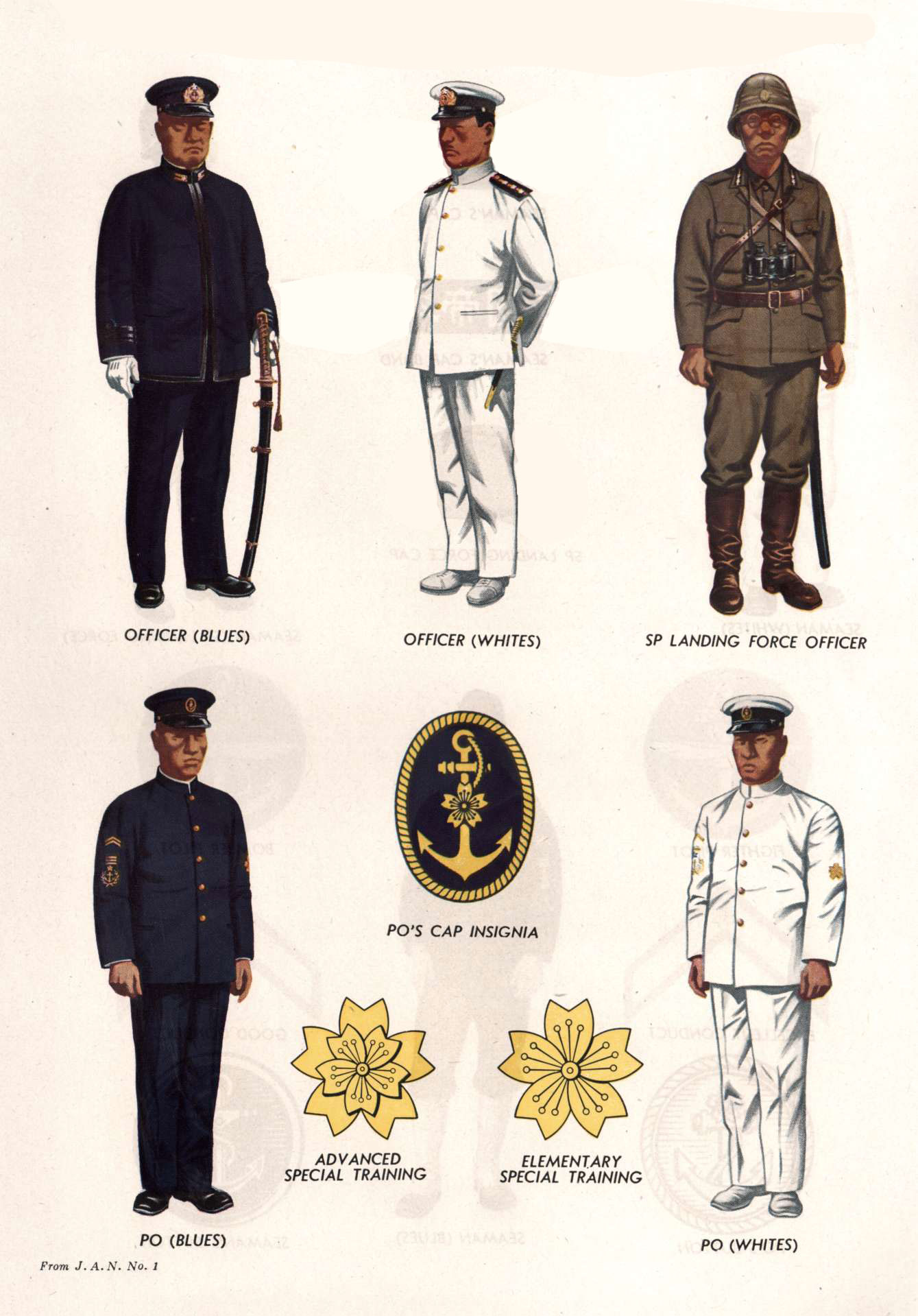



Hyperwar Handbook On Japanese Military Forces Chapter 11
Collection of wartime pictures and reference book color plates of the Imperial Japanese Navy's Naval Infantry, Naval Landing Forces/ Special NavalArmy Cloth Pilot's Wing $7000 WWII Japanese Army Cloth Pilot's Wing Three and a half inches long Wool background with silk woven wings sewn to it Members of the Special Naval Landing Forces were stationed on a number of the islands that US forces invaded during World War Two This particular helmet, with the navy anchor painted on the front, is the later style of the Japanese Navy helmet This style was produced approximately in the period The previous version of the navy helmet had a metal




Special Navy Landing Force Build Pt2 Youtube




Original Wwii Japanese Special Naval Landing Forces Snlf Helmet With Uniform Insignia International Military Antiques
The Japanese Navy's Special Naval Landing Forces (Kaigun Tokubetsu Rikusentai) are often likened to the US Marines However, the analogy is not a particularly good one Like the Marines, the SNLF specialized in amphibious landings and in defending coastal positions However, the SNLF were sailors trained as light infantry and organized into battalionsized units led by naval officers The Japanese used Special Naval Landing Forces frequently in the early years in the war In December 1941, a force of 5000 landed on Guam, and another unit of 450 assaulted Wake Island A smallJapanese Special Naval Landing Forces or 海軍特別陸戦隊 Kaiguntokubetsurikusentai the Japanese Marines The Japanese formed around thirtyfive of these battalion sized units (circa 1500 men) during the war Those units which were raised prior to the start of the war had some assault training but as the war progressed the quality of the troops and the training declined and



Imperial Japanese Navy Special Naval Landing Force Riku Sen Tai Tarawa 1943 One Sixth Warriors Forum
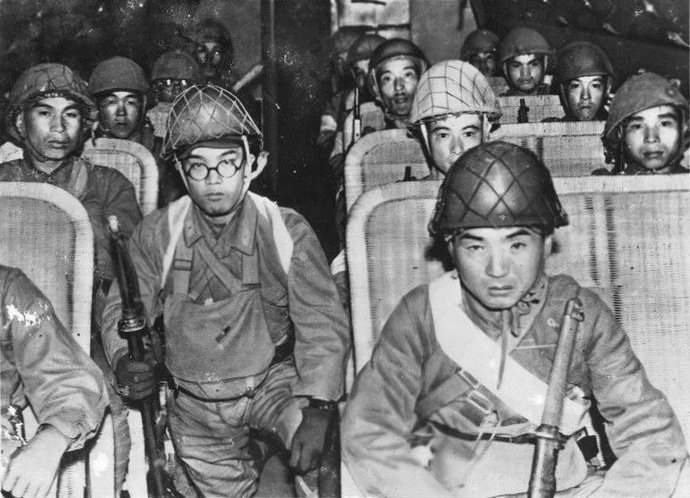



World War Ii History Japanese Paratroopers Of Kaoru Airborne Raiding Detachment Inside An L2d Aircraft On November 26 1944 The Troops Were Officially Part Of The Special Naval Landing Forces
Links of WARhttp//steamcommunitycom/sharedfiles/filedetails/?id= Workshop pagehttp//wwwmoddbcom/mods/betasnlf ModDB pagehttp//forumstriThereafter the SNLF expanded and fought in the assaults The spearhead of Japan's assault landing operations both in China prePearl Harbor, and in US and British territory postPearl Harbor, was provided by the Special Naval Landing Forces 12 numbered battalionsize Imperial Japanese Navy units They garrisoned a number of the islands which the US Marines then had to reclaim in some of the bloodiest battles of the
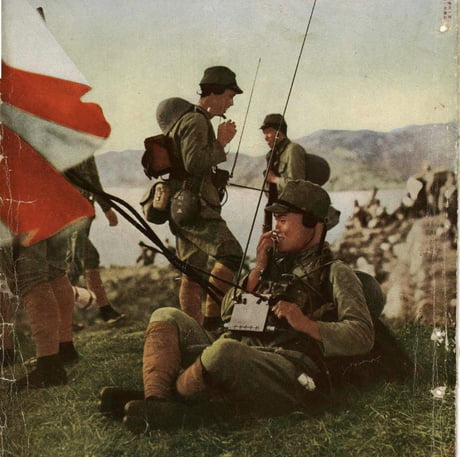



Japanese Special Naval Landing Forces Snlf During The Swatow Operation June 21 27 1939 9gag



Original Wwii Imperial Japanese Navy Special Naval Landing Force Haversack
Japanese Special Naval Landing Forces with gas masks and rubber gloves during a chemical attack near Chapei in the Battle of ShanghaiDespite Article 23 of the Hague Conventions (19 and 1907), article V of the Treaty in Relation to the Use of Submarines and Noxious Gases in Warfare, article 171 of the Treaty of Versailles and a resolution adopted by the League of Nations on MayThe Eye Front PageOxford, United Kingdom Osprey Publishing, ;



Q Tbn And9gcrv9ryfxepp1wktkjwo9tobnibzztzygeoeiojl6nwtsx4lt8h5 Usqp Cau




Oilfields Of Borneo 1942 Weapons And Warfare
Robert A Rolfe ISBN 13 ISBN 10 Paperback;



Re Core Of Heroes And Leaders Mod
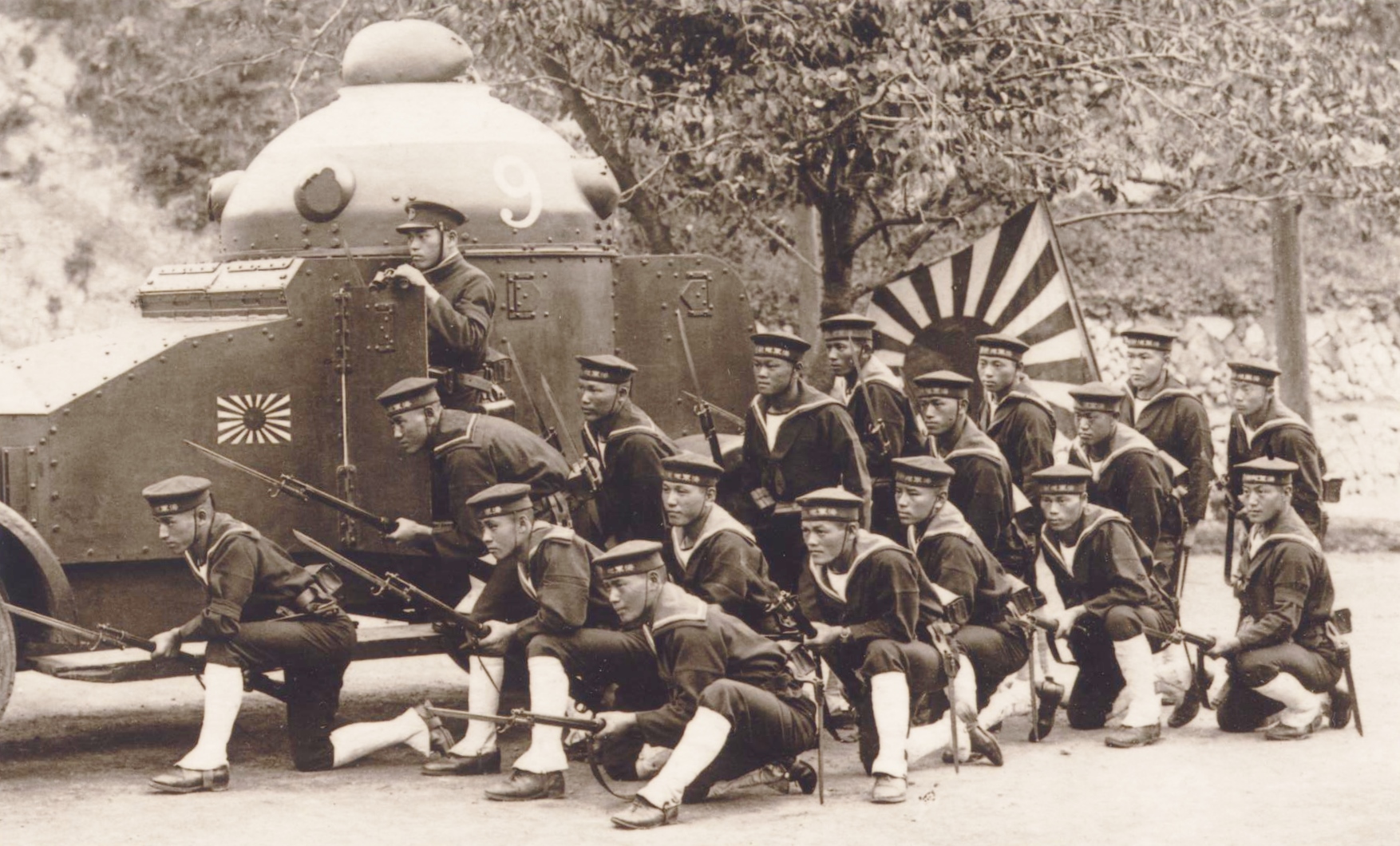



Japanese Special Naval Landing Forces By Logandarkrider On Deviantart
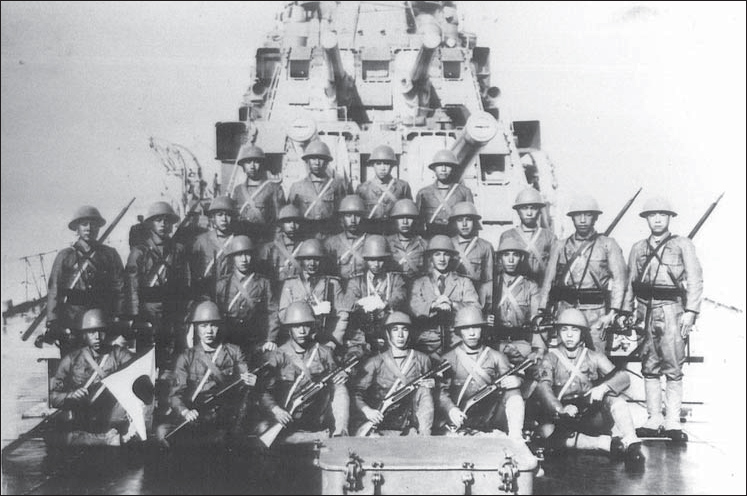



Japanese Special Naval Landing Forces




Ww2 Japanese Special Naval Landing Force Green Fatigue Uniform Shirt Jb Military Antiques
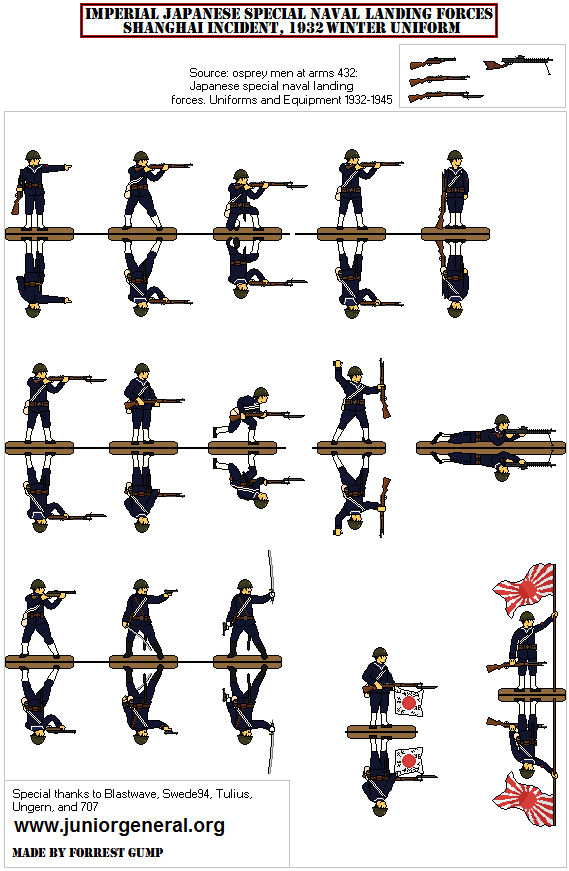



Japanese Special Naval Landing Forces Early By Comradesoldat On Deviantart



Photo Japanese Special Naval Landing Force Infantryman Guarding A Building His Unit Had Just Seized Shanghai International Settlement China 8 Dec 1941 World War Ii Database




Ijn




Original Japanese Special Naval Landing Force Uniforms Rising Storm Custom Content Youtube




Japanese Special Naval Landing Forces Uniforms And Equipment 1937 45 9 37 Picclick Uk



Photo Japanese Special Naval Landing Forces Infantryman With A Mp 18 Submachine Gun Date Unknown World War Ii Database




A Guide To The War In The Pacific The Pacific Offensive




File Oni Jan 1 Uniforms And Insignia Page 028 German Air Force Luftwaffe Ww2 Tropical And Summer Uniforms Officers Men Pith And Steel Helmets Field Caps National Emblem Flak Troops Linen Boots Etc




The Collector S Guild




Half Past Danger Ishikawa Minamoto




Southern Expeditionary Army Group Wikipedia




Expeditionary Force World War Ii Japanese Special Naval Landing Force Micshaun S Closet




Pacific Wrecks Imperial Japanese Navy Ijn 2nd Kure Special Naval Landing Force Snlf After Landing On Tarakan Island




Japanese Amphibious Forces




Nimitz Museum 14 A Red Sun Rising
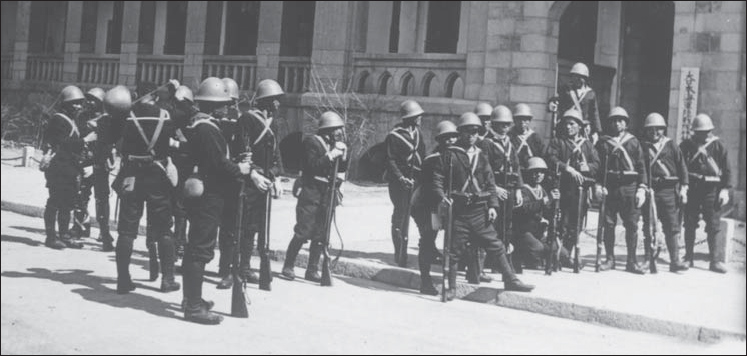



Japanese Special Naval Landing Forces Uniforms And Equipment 1932 45




Second Life Marketplace Ijn Landing Forces Boxed




File Japanese Special Naval Landing Forces Paratroopers Jpg Wikipedia




Special Naval Landing Forces Wikipedia




Ww2 Japanese Army Soldier United Bricks Lego Minifigure



Questions Regarding A Japanese Special Naval Landing Force Uniform Gunboards Forums




The Collector S Guild




Japanese Special Naval Landing Forces Military Wiki Fandom
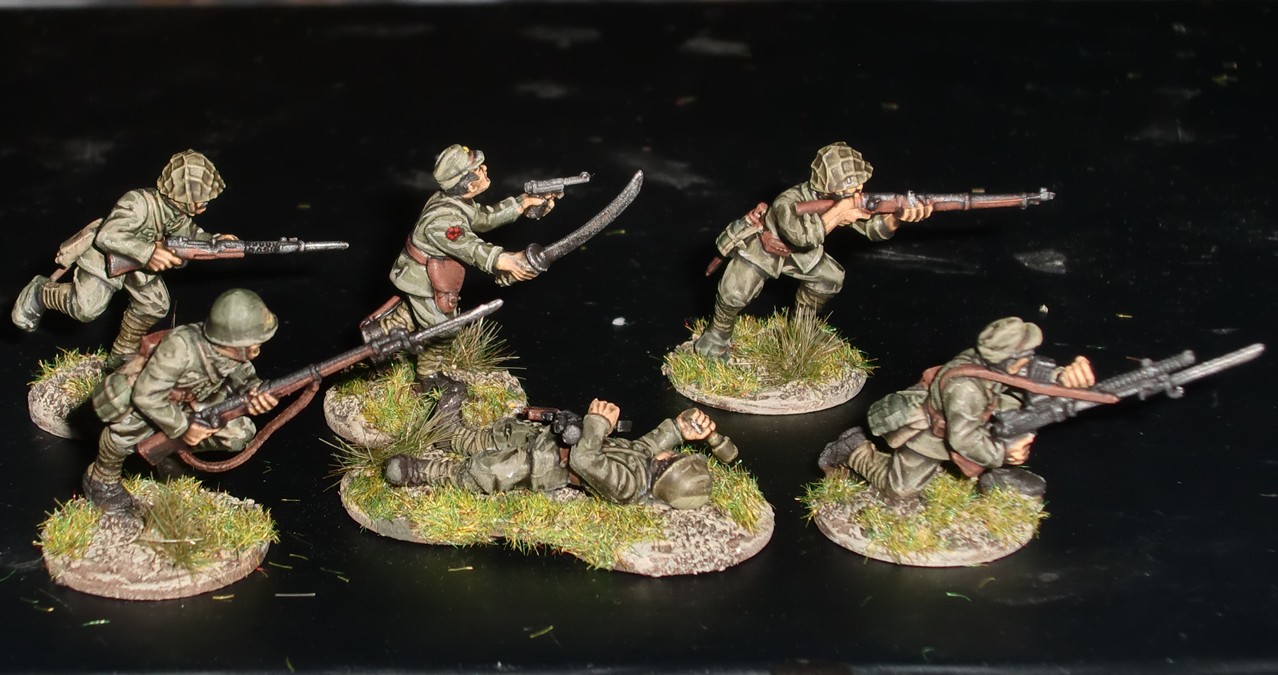



Wab Corner Special Naval Landing Forces Warlord Games




Imperial Japanese Special Navy Landing Force Rikusentai Impression Kits




Ww2 German Soviet Allied Militaria Uniforms Awards Weapons History War Relics Forum
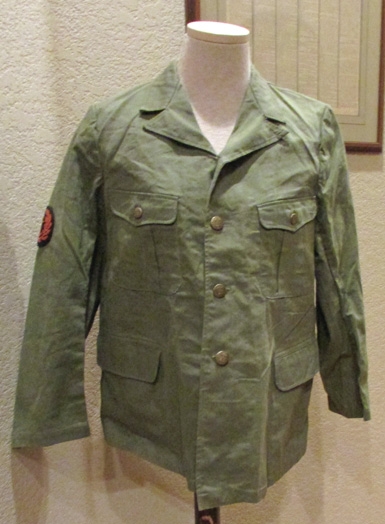



Stewarts Military Antiques Japanese Wwii Navy Landing Force Tunic 275 00



Japanese Uniforms And Field Gear




Japanese Special Naval Landing Force The Wargames Directory




Japanese Amphibious Forces




File Enlisted Special Naval Landing Forces Snlf Sailor Jpg Wikimedia Commons




Japanese Special Naval Landing Forces Osprey Publishing
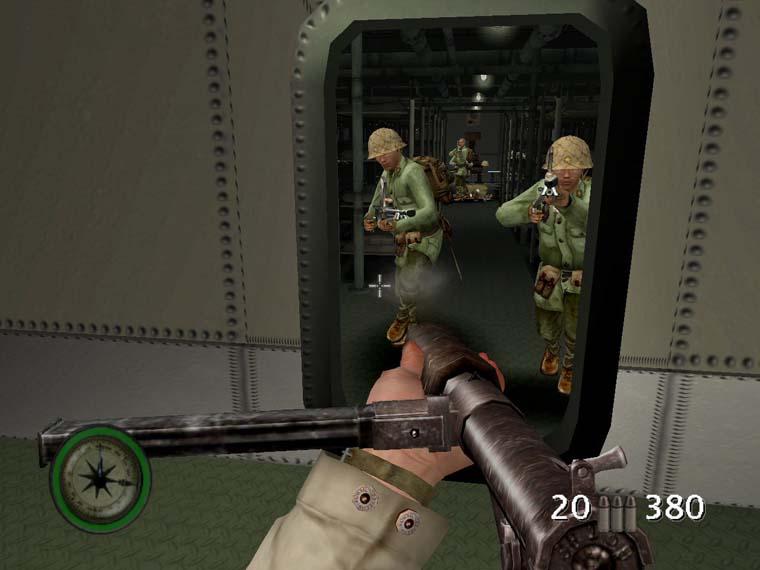



Imperial Japanese Special Naval Landing Forces Medal Of Honor Wiki Fandom



Japanese Paratrooper Of The Special Naval Landing Forces Snlf Battlefieldcosmetics




Original Wwii Japanese Naval Landing Forces Officers Tunic 380 00 Picclick



Wwii Japanese Navy Marine Ijm Landing Force Tunic Jacket 58 49 Hikishop




Japanese Special Naval Landing Forces Military Wiki Fandom




Special Naval Landing Forces Wikipedia
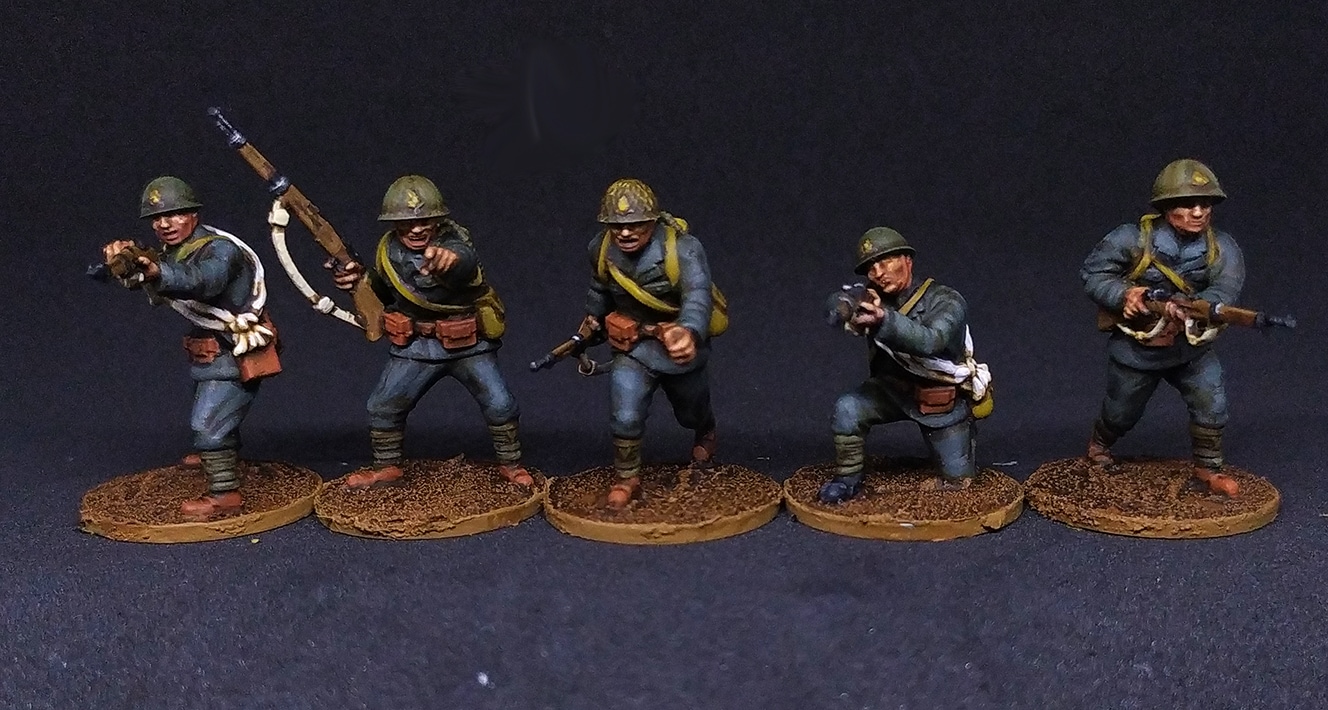



28mm Japanese Special Naval Landing Force Riflemen Wargaming3d



Warlord Games Imperial Japanese Special Naval Landing Force Neverboard Ie



Tmp Bolt Action Plastic Japanese Special Naval Landing Force Released




Japanese Special Naval Landing Forces Book Wwii Uniform




Japanese Special Naval Landing Forces Uniforms And Equipment 1932 45 Men At Arms Nila Gary Rolfe Robert A Hook Christa Amazon Com Books




Japanese Marine Paratroopers Of World War Ii Wikiwand




Original Wwii Japanese Special Naval Landing Forces Snlf Helmet With Uniform Insignia International Military Antiques



Snlf Ww2 Tunic Japanese Naval Landing Forces Uniform Ww2 Jacket Ww2 Japan Navy United States Navy




Ishikawa Minomota Screenshots Images And Pictures Comic Vine




Japanese Special Naval Landing Force Warlord Games Ltd




Nimitz Museum 15 A Red Sun Rising




Japanese Forces Special Naval Landing Force Officer Battle Of Tarawa Japanese Military Photos



Q Tbn And9gcsp2vgml25iedngwha35vfgl2xo8cgng 9fbo4alrxeyqermvcv Usqp Cau




Original Wwii Japanese Special Naval Landing Forces Snlf Officer Pith Helmet




Ww2 German Soviet Allied Militaria Uniforms Awards Weapons History War Relics Forum




Japanese Special Naval Landing Forces




An Imperial Japanese Navy Officer Probably Of The Snlf Special Naval Landing Force Wwiipics



Ultimate Soldier Submitted Photos Page 3284




Japanese Special Naval Landing Forces Marine Ww2 Japanese Flickr




Japanese Special Naval Landing Forces Osprey Publishing



The Japanese Soldier In Wwii Chapter 11
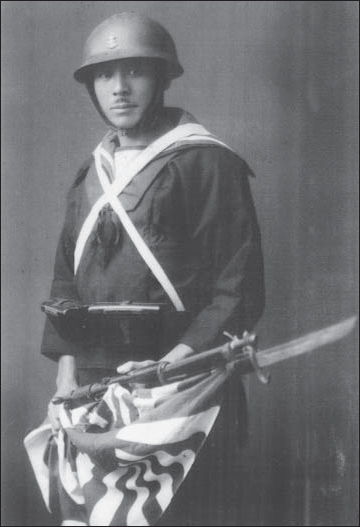



Japanese Special Naval Landing Forces Uniforms And Equipment 1932 45



New Osprey Publishing Japanese Special Naval Landing Forces Warlord Games
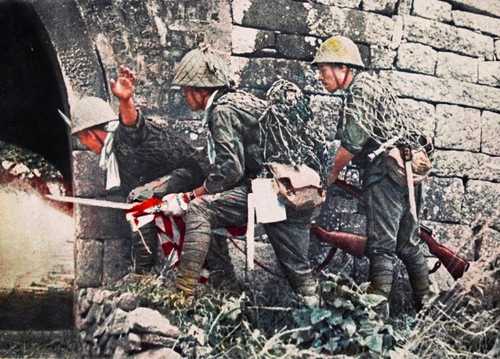



Special Naval Landing Force Japanese Forces Gallery




Original Japanese Special Naval Landing Forces Lt Jg Officer Tunic Sewnin Name
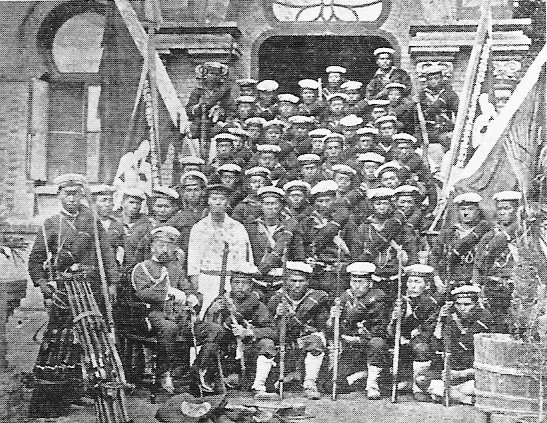



Japanese Special Naval Landing Forces Military Wiki Fandom



World War Ii Infantry Collection Page 5 Civfanatics Forums




Rikusentai Special Naval Landing Forces Weapons And Warfare




Michigan Toy Soldier Company Osprey Publishing Japanese Special Naval Landing Forces




Japanese Naval Snlf Tropical Canvas Gas Mask Harness
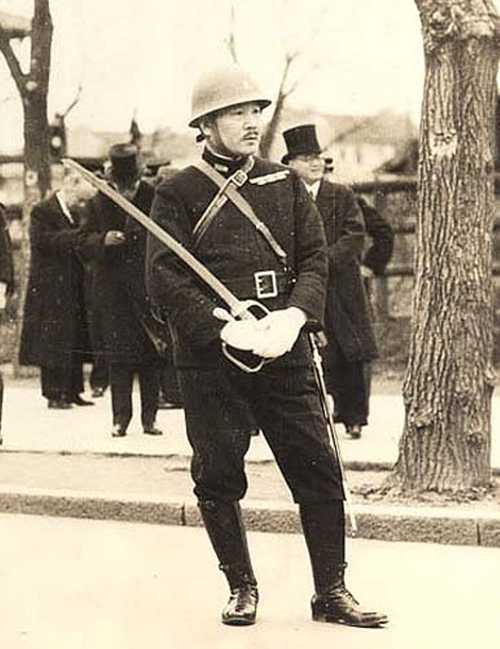



Commander Japanese Forces Gallery




Japanese Special Naval Landing Forces Uniforms And Equipment 1932 45 Men At Arms Nila Gary Rolfe Robert A Hook Christa Amazon Com Books




武士の島 Japanese Naval Infantryman In Shanghai 1932




Original Wwii Japanese Special Naval Landing Forces Snlf Helmet With Uniform Insignia International Military Antiques



Q Tbn And9gcttnks Xuazer1yut4iw Dhz3oxezwvs0oprkc18zxlutekt3jc Usqp Cau




Hyperwar Handbook On Japanese Military Forces Chapter 11


